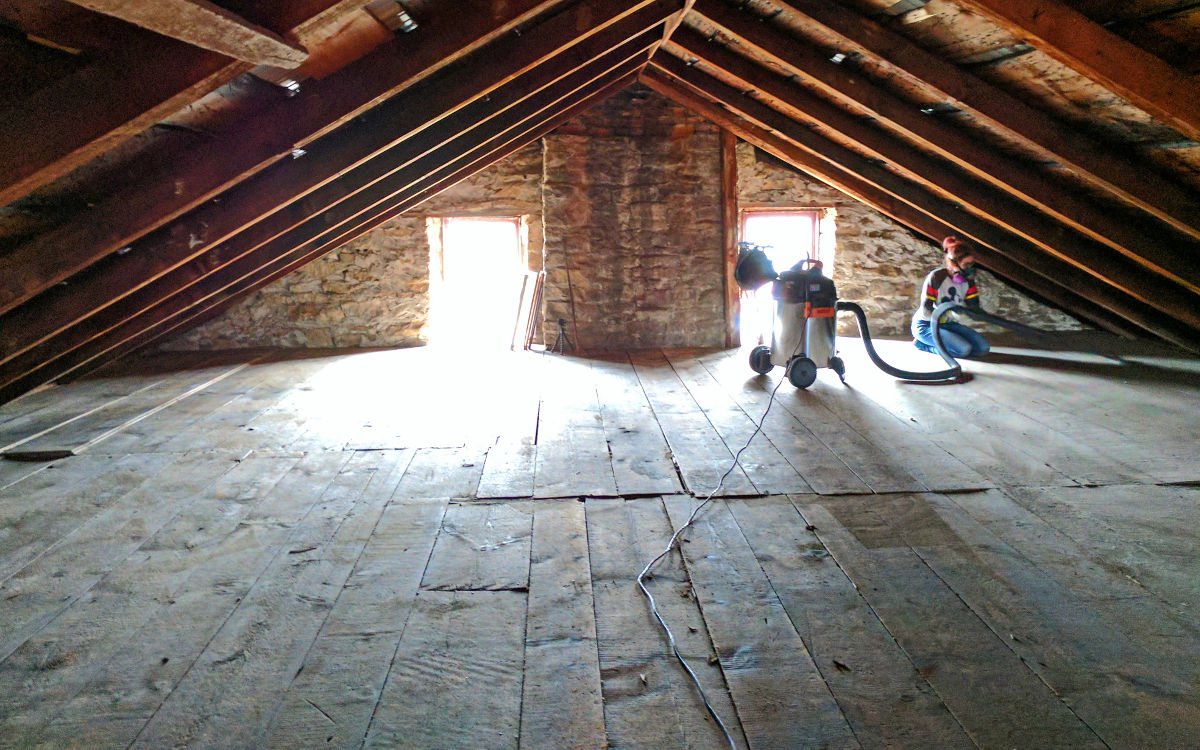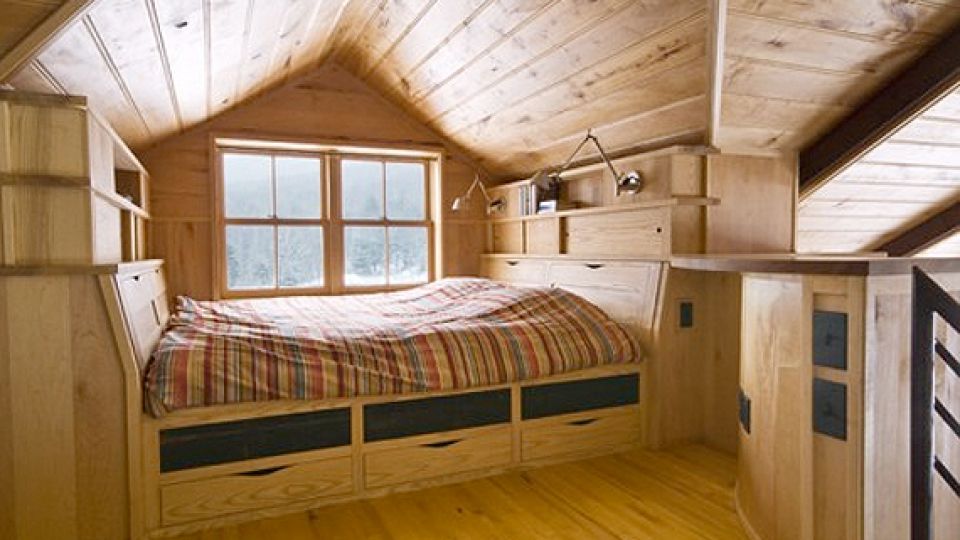Water damage in the attic is a common issue that can lead to serious structural problems if not addressed promptly. As a homeowner or real estate developer, understanding attic water damage prevention is crucial to maintaining the integrity of a property. In this article, we will explore various strategies to prevent water damage in your attic, ensuring your home remains safe and sound.

Understanding the Risks of Attic Water Damage
The attic is a vulnerable area in any home, often subjected to harsh weather conditions. Water damage in the attic can result from roof leaks, condensation, or poor ventilation. These issues can lead to mold growth, structural damage, and increased energy bills.
Common Causes of Water Damage in the Attic
Several factors contribute to water damage in the attic. Some of the most common causes include:
- Roof Leaks: Damaged or missing shingles can allow water to seep into the attic.
- Poor Ventilation: Inadequate ventilation can cause moisture buildup, leading to condensation and mold growth.
- Improper Insulation: Insufficient insulation can result in temperature imbalances, causing condensation.
- Clogged Gutters: Blocked gutters can lead to water overflow, seeping into the attic.
Effective Attic Water Damage Prevention Strategies
Preventing water damage in the attic involves a combination of proactive measures and regular maintenance. Here are some effective strategies to consider:
Regular Roof Inspections
Conducting regular roof inspections is essential for identifying potential leaks or damage. Look for missing or damaged shingles, and ensure flashing is intact around chimneys and vents. Promptly address any issues to prevent water infiltration.
Ensure Proper Ventilation
Proper attic ventilation is key to preventing moisture buildup. Ensure your attic has enough vents to allow air circulation, reducing the risk of condensation. Consider installing ridge vents or attic fans for improved airflow.
Install Adequate Insulation
Proper insulation helps maintain temperature balance, reducing the risk of condensation. Ensure your attic is adequately insulated, especially in extreme climates.
Maintain Gutters and Downspouts
Regularly clean and maintain gutters and downspouts to ensure proper water drainage. Remove any debris or blockages that could cause water overflow and potential attic leaks.
Advanced Solutions for Attic Water Damage Prevention
In addition to basic maintenance, consider implementing advanced solutions for comprehensive water damage prevention:
Install a Vapor Barrier
A vapor barrier is a protective layer that prevents moisture from seeping into the attic. Installing a vapor barrier can help reduce the risk of mold growth and structural damage.
Use Water-Resistant Materials
When renovating or building an attic, opt for water-resistant materials. These materials can withstand moisture exposure, reducing the risk of water damage.
Consider Professional Inspection
Hiring a professional inspector to assess your attic can provide valuable insights into potential vulnerabilities. They can identify hidden issues and recommend preventive measures.
Real-Life Examples and Case Studies
Understanding real-life scenarios can provide practical insights into preventing attic water damage. Homeowners can learn from the experiences of others and apply those lessons to their homes. For inspiration, explore this article on successful attic remodels.
Integrating Prevention into Home Design
For those involved in home design and construction, incorporating water damage prevention measures from the outset can save time and money in the long run. Consider these design tips:
Design for Optimal Drainage
Ensure your home’s design includes features for optimal water drainage, such as sloped roofs and efficient gutter systems.
Incorporate Advanced Roofing Materials
Use advanced roofing materials that offer enhanced water resistance and durability.

FAQs on Attic Water Damage Prevention
How often should I inspect my attic for water damage?
It’s recommended to inspect your attic at least twice a year, preferably before and after the rainy season.
Can attic water damage affect my home’s value?
Yes, water damage can significantly decrease a home’s value due to potential structural issues and mold growth.
What should I do if I find mold in my attic?
Contact a professional mold remediation service to safely remove mold and address the underlying moisture issue.
For further details on home maintenance and design, visit passive house design best practices and explore other resources on energy-efficient homes.
This article contains affiliate links. We may earn a commission at no extra cost to you.



